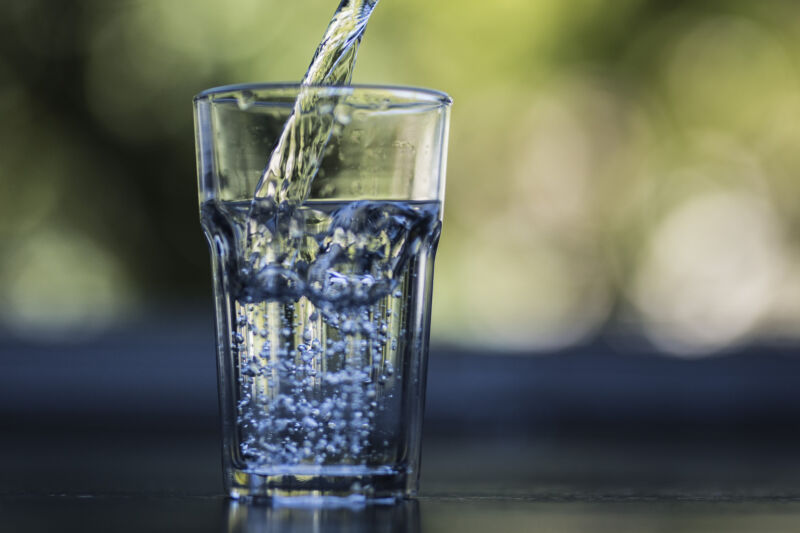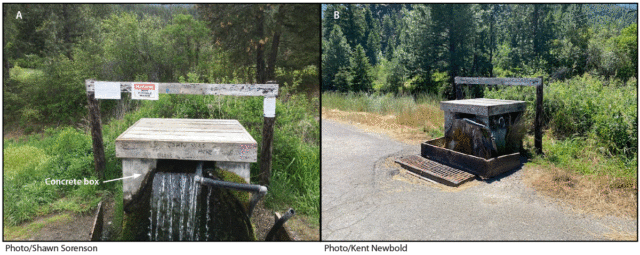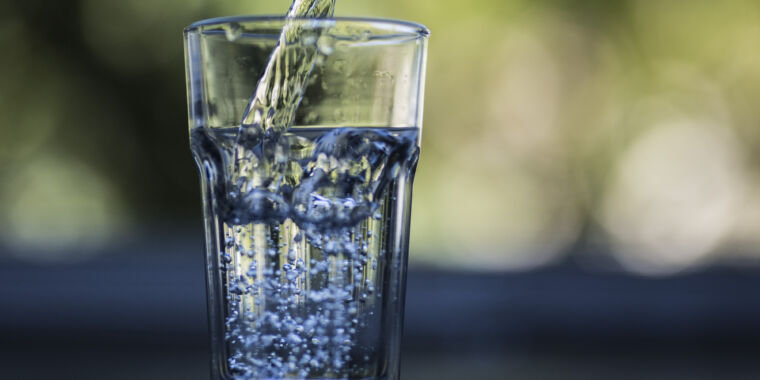
Nineteen people in Montana fell ill with a diarrheal illness last year after drinking untreated water that many believed came from a natural source, but was in fact just creek runoff brimming with disease-causing bacteria.
One person was hospitalized during the outbreak, which ended only after authorities diverted the water source, local health officials reported Thursday in Morbidity and Mortality Weekly.
The outbreak follows a trend that emerged in the US several years ago to drink so-called “raw water.” That’s untreated, unfiltered water collected directly from freshwater sources and often claimed – without evidence – to have health benefits.
Proponents have argued that raw water avoids unwanted components of municipal water, which they identify as disinfectants, fluoride, imaginary “mind-control” drugs, trace amounts of pharmaceuticals, and heavy metals, such as lead from pipes. They also suggest, without evidence, that untreated water may contain unique probiotics and other “natural” minerals and compounds that may improve health.
Health officials have pointed out that untreated, unfiltered water poses a clear health risk, given the likelihood of pathogenic bacteria, viruses and parasites, as well as naturally occurring contaminants, such as radionuclides and mineral deposits.
In the case of the Montana outbreak, the contamination was Campylobacter jejuni, a pathogenic bacteria that can spread through carrier animals, such as birds. In humans, Campylobacter bacteria cause diarrhea, which is often bloody, as well as stomach cramps, nausea, and vomiting.
Pandora’s watery box
In May 2022, northwestern Sanders County health officials reported six Campylobacter cases to state officials, raising immediate concern and prompting an investigation. The average annual number of cases is only five. All six of those initial cases reported drinking water from the same source, which many community members believed to be a natural source.
But it wasn’t — it was a concrete box pouring water from a creek near Paradise, Montana. The concrete box was located on railway grounds near a track. It was likely built in the early 1900s to prevent the creek from eroding the track bed, local officials reported. Additionally, when officials examined the box, they found an empty bird’s nest inside — which was the likely source of Campylobacter. After further investigation, the health authorities confirmed Campylobacter was present in the water flowing out of the box, and whole genome sequencing showed that the bacteria contaminating the water closely matched those in the sick people.

In the six weeks following the initial case report, 13 more cases occurred despite signs around the box indicating the water was not safe to drink. On June 28, the Montana Department of Transportation permanently closed off the water source by diverting the creek water so that it remained underground. Since then, no other cases have been identified.
“Persons drinking water from outdoor sources, including creeks, rivers and streams, should always treat the water before drinking it,” the health officials concluded. “Boiling water is the most reliable way to kill germs, but treatment including filtration also reduces the risk of illness from drinking water from outside sources.”

